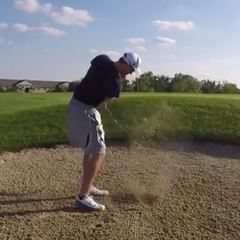IGNORED
Ball in water.
Note: This thread is 3365 days old. We appreciate that you found this thread instead of starting a new one, but if you plan to post here please make sure it's still relevant. If not, please start a new topic. Thank you!
-
Topics Being Discussed Right Now on The Sand Trap
-
2024 TST Outing - June 1/2 @ EagleSticks and Virtues 1 2 3 4 11
By StuM, in Member Outings & Meetups
- 185 replies
- 15,293 views
-
"5 Minutes Daily" Practice Challenge 1 2 3 4 847
By iacas, in Instruction and Playing Tips
- 5 minutes daily
- dedication
- (and 6 more)
- 15,237 replies
- 923,345 views
-
Padraig Harrington FIG Round
By billchao, in Instruction and Playing Tips
- padraig
- harrington
- (and 2 more)
- 9 replies
- 223 views
-
- 6,781 replies
- 270,978 views
-
- 18 replies
- 11,682 views
-









Recommended Posts
Create an account or sign in to comment
You need to be a member in order to leave a comment
Create an account
Sign up for a new account in our community. It's easy!
Register a new accountSign in
Already have an account? Sign in here.
Sign In Now